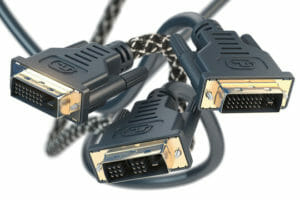Table of Contents
DVI, the short form for Digital Visual Interface, is a video interface designed for higher resolutions transmission in LCD monitors, video graphics cards, and projectors. It was advanced by the Digital Display Working Group (DDWG). The video interface transmits uncompressed digital video signals to a secondary display device from a source device. It is popular in video cards and may have one or two.
DVI has three formats; DVI-D, DVI-I, and DVI-A. DVI-D transmits only digital signals. DVI-A transmits analog signals only, while DVI-I transmits analog and digital signals. When connected with DVI-D, DVI is compatible with HDMI, which accepts the digital signal. It is also compatible with a VGA connector using DVI-A that transmits analog signals.
The two DVI formats, DVI-D and DVI-I, have several similarities, although they differ in many ways. Read through to learn more about DVI-I vs. DVI-D.

DVI-I vs. DVI-D Similarities
In many ways, the two DVI formats are very similar. To begin, both can transmit digital video signals, with the exception that only the DVI-I can also send out analog video signals. Video signals are another commonality between the two devices. They are unable to send or receive audio data. Another similar feature is that DVI-D and DVI-I are colored white incompatible devices. Most compatible devices have DVI-D and DVI-I ports colored white. Also, both of them have a single link and dual link support.
DVI-I vs. DVI-D Differences
Despite DVI-D and DVI-I having several similar features, they differ in many ways. Firstly, a DVI-D connector is a male connector, while a DVI-I is a female connector. This feature means that DVI-I can support all other DVI video interface formats, while DVI-D can not support other forms.Secondly is the number of pins. DVI-I has 23 pins (single link), while the dual-link connector has 29 pins. On the other hand, the DVI-D video interface has 19 pins for single link connectors and 25 for dual-link connectors. The single-link DVI connector allows transmission of 1920 x 1200 display resolution at 60 Hertz refresh rate, while a dual-link DVI will transmit 2560 x 1600 display resolution at 60 Hertz refresh rate.
A DVI-D video interface only transmits digital video signals, while a DVI-I video interface transmits both analog and digital video signals. This feature means that the DVI-I will have broad compatibility and applicability with a DVI-D connector. Note that the DVI-I connector does not convert analog signals to digital or digital signals to analog. However, they accept the signals but can't accept both simultaneously.
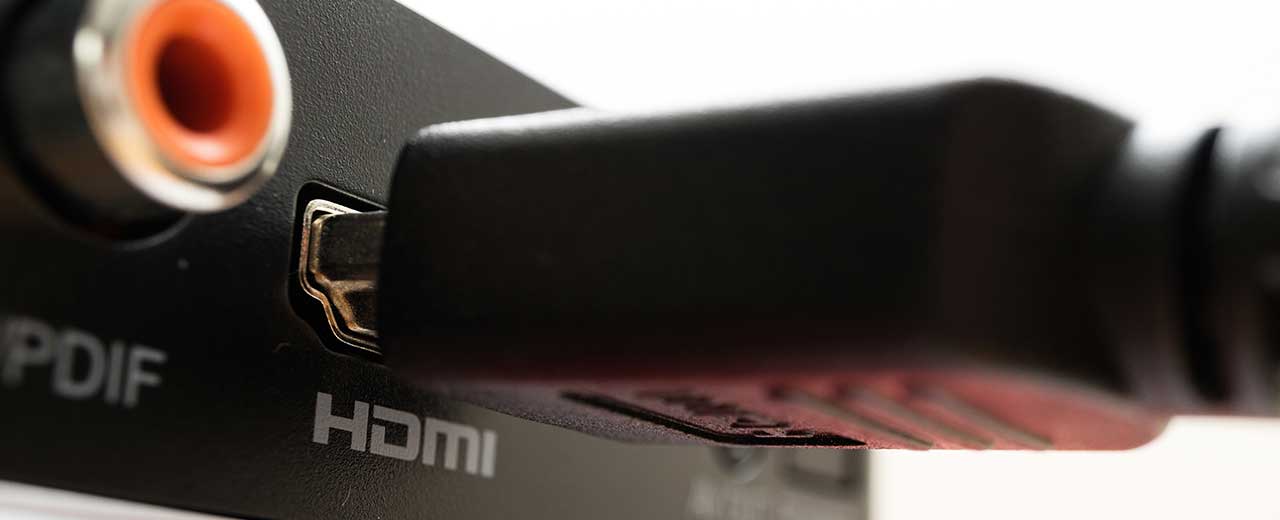
The next difference arises from compatibility. A DVI-D connector is compatible with DVI-D and DVI-I connectors. This video interface is also compatible with HDMI and DisplayPort connectivities through appropriate adapters. However, this connection can not support audio transmission and CEC controls. On the other hand, a DVI-I connector is compatible with all three DVI formats. The only problem arises when connecting a male DVI-I cable with a female DVI-D connector. It won't work as the DVI-1 connector has 23 pins while the DVI-D pin has 19 pins.
Next is the layout. DVI-I connector has a wider long flat pin than that of the DVI-D video interface. This feature means that removing the four extra pins from the female DVI-D video interface can't be compatible with the male DVI-I video interface. However, you can effortlessly connect a male DVI-D video interface to a female DVI-I video interface. That explains why most modern devices, especially flat-panel LCD monitors, have DVI-D input ports.Is a Single-Link DVI-D and DVI-I Compatible With Dual-Link DVI Connectors?
Dual-link DVI-I and DVI-D connectors are compatible with single-link DVI connectors. That means a dual-link DVI-I can be used instead of a single-link DVI-I connector. However, a single-link DVI connector, both DVI-I and DVI-D, can't be used in place of a dual-link DVI connector. In the same case, a DVI-I video interface can be used in place of a DVI-D video interface, but a DVI-D video interface can not be used in place of a DVI-I connector.
Applying the dual-link DVI-D or DVI-I video interface in place of a single-link DVI means that it is successful, although the connection may be limited by the number of pins on the female DVI connector.
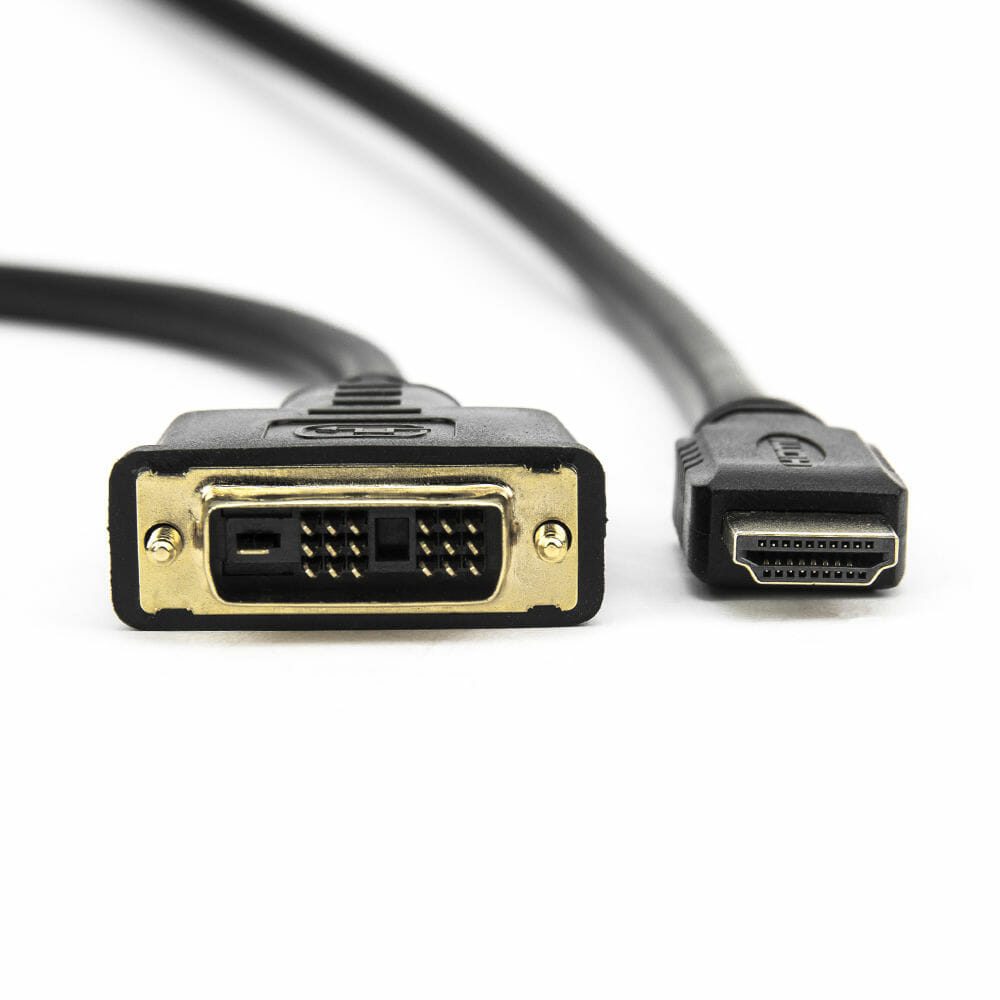
Which Is Better, DVI-I or DVI-D?
It is upon one's choice to decide which DVI video interface to use. You must understand the distinctive features, functionality, and benefits of the different DVI connectors before deciding on the one to use for a specific use. However, you may want to know the most common or preferred one on most devices; here is a lead.
Despite the DVI-I connector being more versatile than the DVI-D connector, it is less preferred on most modern devices. The DVI-D is widely used in motherboards and graphics cards. These DVI connectors help users connect their personal computers with digital monitors. Similarly, they allow you to connect your personal computer with a CRT monitor.
Can You Make a DVI-I Into a DVI-D?
While most users will break the four analog pins on the DVI-I connector to make a DVI-D connector, that isn't always the case. First of all, you'll end up ruining the DVI-I video interface, which you might need in the future. Secondly, there might be some bits of the pins remaining on the DVI-I connector, which may cause the connector not to fit correctly.
In most cases, though, this attempt can't completely work. A DVI-I to VGA connection can work because the DVI-I connector transmits an analog signal. VGA standard interface also transmits analog signals; hence the conversation may be successful. However, the DVI-D connector does not carry analog signals and may need a converter to convert the analog signals from the DVI-I connector.
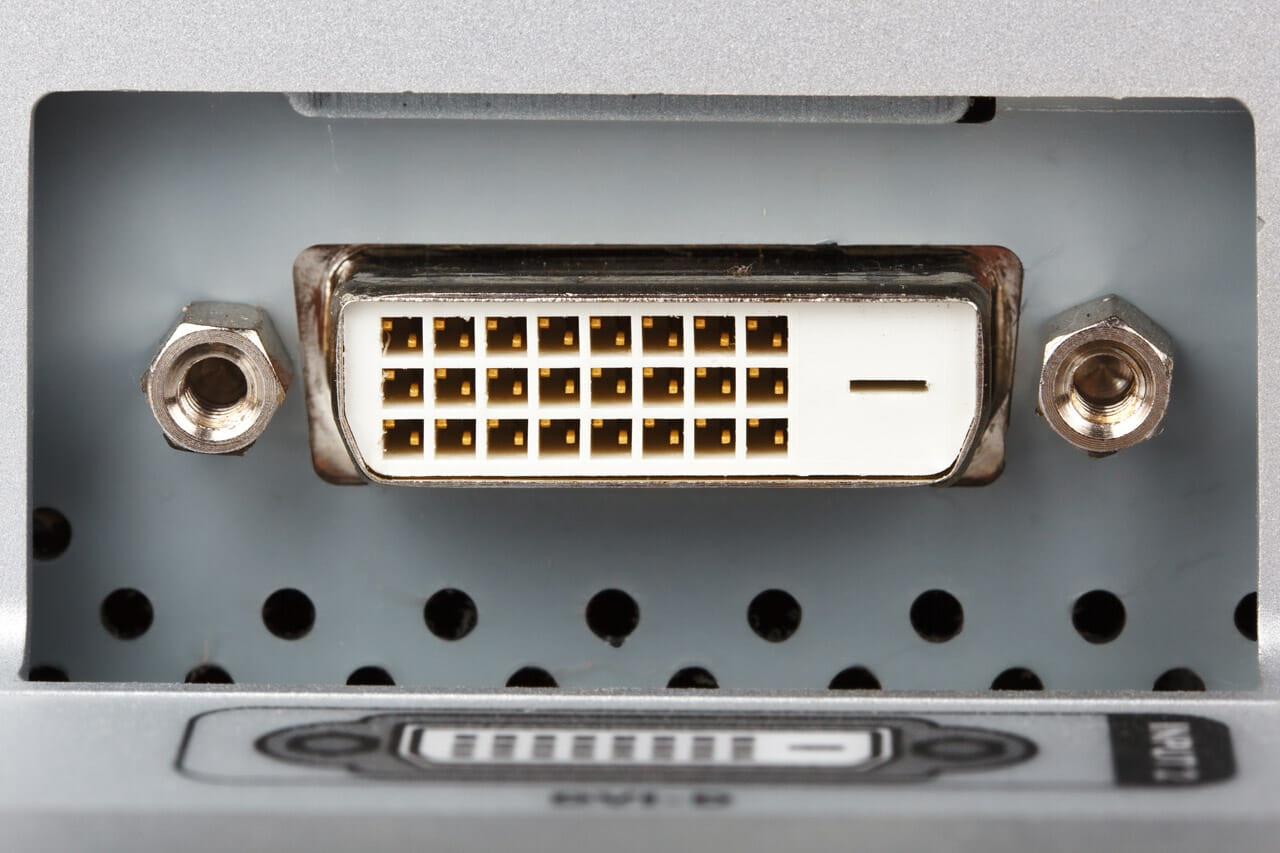
Is DVI-I Connector Still Used?
DVI connectors are slowly vanishing from the electronic world and being replaced by advanced technology standard interfaces, particularly the DVI-A and DVI-I connectors. These DVI connectors carry analog signals, which are obsolete on most modern devices using digital signals with high display resolutions.
However, some devices, especially 1080p monitors, still have DVI-D input ports. These monitors are compatible with DVI-D transmitting 1080 pixels display resolution at either 60 Hertz or 144 Hertz refresh rate. Besides, DVI cables are cheap and commonly available.
What Is the DVI-D Connector Port For?
The DVI-D port found on most monitors, projectors, and other electrical devices connects to the PC or other source devices using the DVI-D cable. This port allows the transmission of digital signals only.
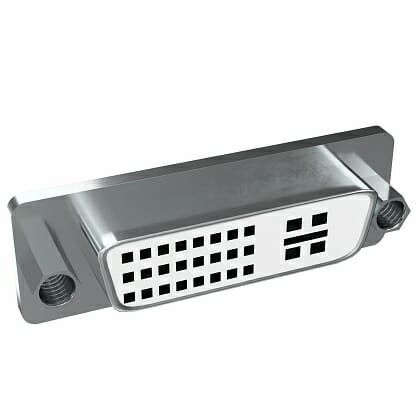
It only transmits video signals. It is commonly used to connect the monitor to the DVI cards. You can find it in dual-link or single link. The dual-link DVI-D connector has faster data transfer rates and higher display resolutions than single-link DVI-D connectors.
Conclusion
DVI video interface transmits video signals only. The DVI-D and DVI-I connectors are similar in several factors but differ in many features and functionalities. The number of pins on these connectors, the nature of signals transmitted, versatility, and compatibility range. Despite the DVI connector slowly becoming extinct, you're more likely to find a DVI-D port on a monitor or a projector than a DVI-I connector.

